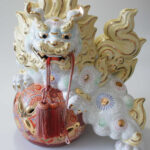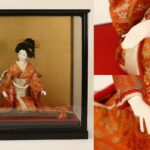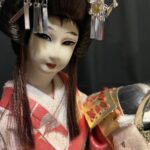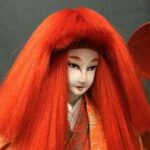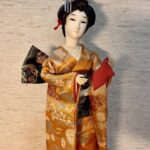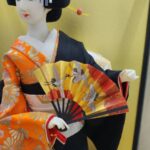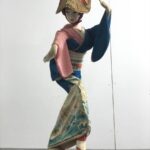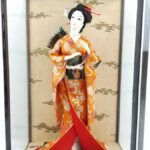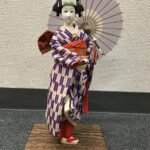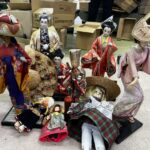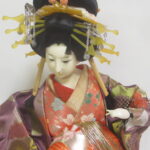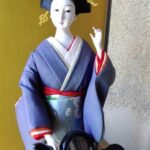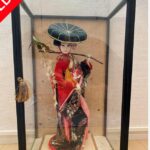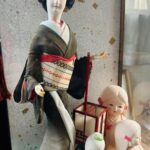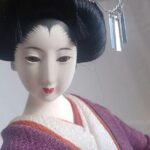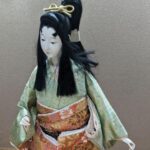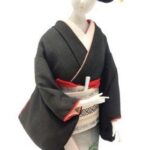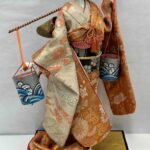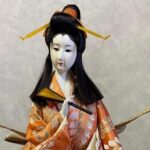Japanese dolls
Japanese dolls reflecting culture and history. It”s charm lies in the heartfelt handmade process and careful finishing touches.Dogū are clay figurines or sculptures crafted in ancient Japan during the Jomon period. The Jomon period lasted from around 14,000 BC to around 300 BC.Haniwa are clay figures crafted in ancient Japan. They were primarily produced during the Kofun period (3rd to 7th century) Our type of Japanese dolls dates back to ancient times, reaching as far back as the 8th to 10th century. Initially used for religious rituals and ceremonies, they later became cherished in the households of samurai and nobility. During the Edo Period (17th to 19th century), Japanese dolls flourished and became widely popular among the common people.Japanese dolls hold various meanings and serve different purposes. Traditionally, they are used to pray for the growth and well-being of children. They are also displayed during specific seasons or events to express the significance and values of those occasions. Additionally, Japanese dolls are appreciated as works of art and interior decorations.Hina dolls” displayed during the Hina Matsuri (March 3rd) to pray for the growth and happiness of girls, closely associated with the culture of the imperial court.”Gogatsu dolls” displayed during the Children’s Day (May 5th) to wish for the health and prosperity of boys.Regional variations of dolls. They are specific to different regions of Japan. Kutani and Hakata is one of them.Japanese dolls are made from various materials such as wood, bamboo, paper, cloth, and ceramics.
全24件を表示

